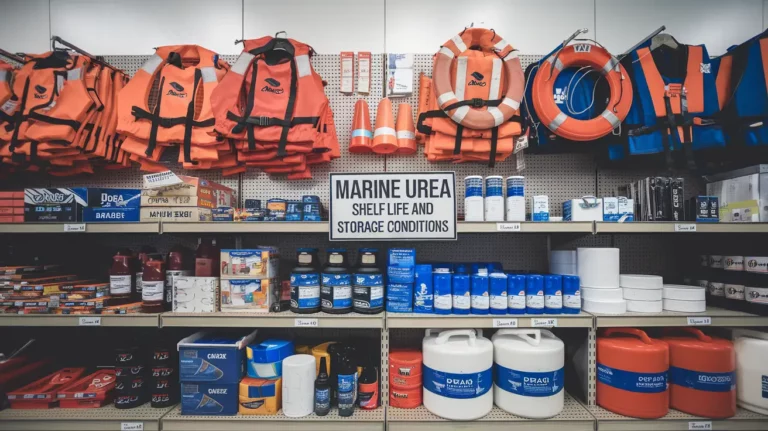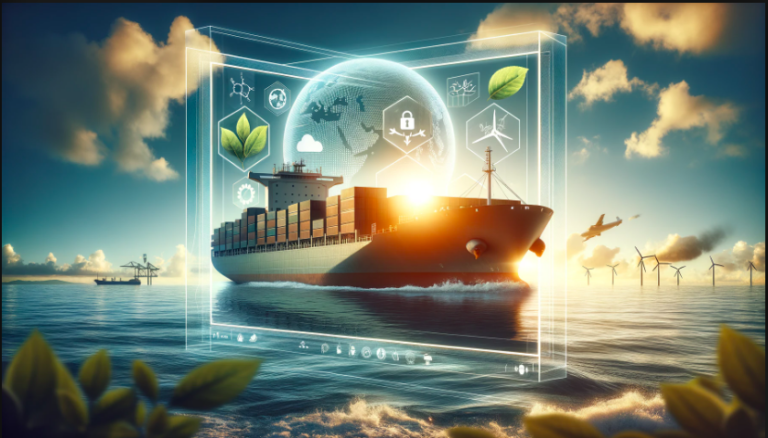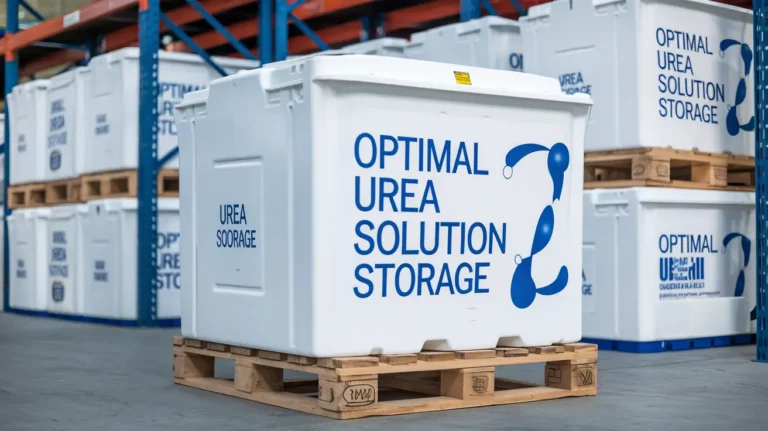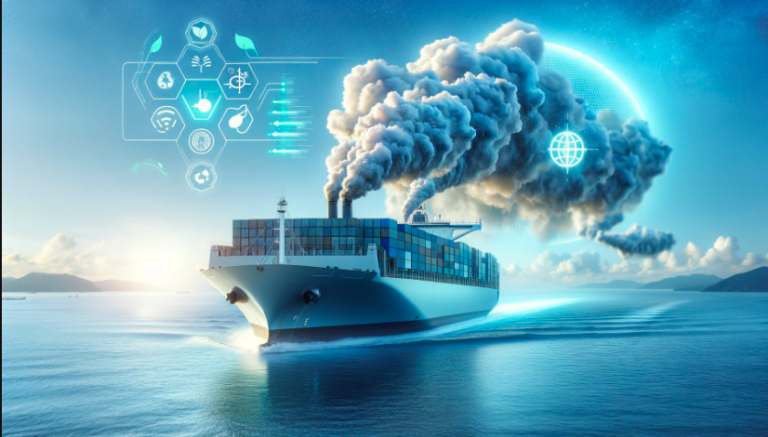Current Trends in Marine Urea Industry
What is Marine Urea?
Marine urea is a high-purity urea solution used in selective catalytic reduction (SCR) systems to reduce nitrogen oxide (NOx) emissions from marine vessels. NOx is a harmful pollutant that contributes to acid rain, smog, and respiratory problems.
How is Marine Urea Produced?
Marine urea is produced by reacting ammonia and carbon dioxide under high pressure and temperature. The resulting urea solution is then purified to meet stringent quality standards.
Types of Marine Urea
Marine urea is available in two types: aqueous urea solution (AUS) and urea granules. AUS is a liquid solution that is injected into the exhaust stream of a marine vessel. Urea granules are solid pellets that are dissolved in water to create AUS.
Applications of Marine Urea
Marine urea is used in SCR systems to reduce NOx emissions from marine vessels. SCR systems are installed on a variety of vessels, including cargo ships, container ships, cruise ships, and tankers.
Trends in the Marine Urea Industry
The marine urea industry is growing rapidly due to the increasing demand for marine urea from marine vessels. This growth is being driven by a number of factors, including:
- Increasing demand for marine urea: The demand for marine urea is increasing as more and more marine vessels are required to comply with stricter environmental regulations. For example, the International Maritime Organization (IMO) has implemented a number of regulations that limit NOx emissions from marine vessels.
- Growing adoption of SCR systems: SCR systems are becoming increasingly popular on marine vessels as a way to reduce NOx emissions. This is because SCR systems are very effective at reducing NOx emissions and are relatively inexpensive to operate.
- Rising awareness of environmental regulations: Marine vessel owners and operators are becoming more aware of the environmental regulations that apply to them. This is leading to increased demand for marine urea, as SCR systems are the most effective way to comply with these regulations.
- Technological advancements in urea production: Technological advancements are making it more efficient and cost-effective to produce marine urea. This is helping to reduce the cost of marine urea and make it more accessible to marine vessel owners and operators.
Challenges Faced by the Marine Urea Industry
The marine urea industry faces a number of challenges, including:
- Supply chain disruptions: The COVID-19 pandemic and the war in Ukraine have caused disruptions to the global supply chain for marine urea. This has led to shortages of marine urea in some parts of the world.
- Volatility in raw material prices: The prices of ammonia and carbon dioxide, the key raw materials used to produce marine urea, are volatile. This can make it difficult for marine urea producers to price their products competitively.
- Strict environmental regulations: Marine urea producers are subject to strict environmental regulations. These regulations can make it expensive and time-consuming to set up and operate a marine urea production facility.
Future Outlook for the Marine Urea Industry
The future outlook for the marine urea industry is positive. The demand for marine urea is expected to continue to grow as more and more marine vessels are required to comply with stricter environmental regulations. Additionally, the growing adoption of SCR systems and the increasing awareness of environmental regulations are also expected to drive the growth of the marine urea industry.
FAQs
1: What are the different types of marine urea?
Marine urea is available in two types: aqueous urea solution (AUS) and urea granules. AUS is a liquid solution that is injected into the exhaust stream of a marine vessel. Urea granules are solid pellets that are dissolved in water to create AUS.
2: What are the applications of marine urea?
Marine urea is used in selective catalytic reduction (SCR) systems to reduce nitrogen oxide (NOx) emissions from marine vessels. SCR systems are installed on a variety of vessels, including cargo ships, container ships, cruise ships, and tankers.
3: What are the trends in the marine urea industry?
The marine urea industry is growing rapidly due to the increasing demand for marine urea from marine vessels. This growth is being driven by a number of factors, including:
- Increasing demand for marine urea
- Growing adoption of SCR systems
- Rising awareness of environmental regulations
- Technological advancements in urea production
4: What are the challenges faced by the marine urea industry?
The marine urea industry faces a number of challenges, including:
- Supply chain disruptions
- Volatility in raw material prices
- Strict environmental regulations
5: What is the future outlook for the marine urea industry?
The future outlook for the marine urea industry is positive. The demand for marine urea is expected to continue to grow as more and more marine vessels are required to comply with stricter environmental regulations. Additionally, the growing adoption of SCR systems and the increasing awareness of environmental regulations are also expected to drive the growth of the marine urea industry.
Other Notable Trends in the Marine Urea Industry
- Increasing demand for marine urea in developing countries: The demand for marine urea is increasing in developing countries as more and more marine vessels in these countries are required to comply with stricter environmental regulations.
- Growing adoption of green shipping technologies: Green shipping technologies, such as LNG-powered vessels and electric vessels, are becoming increasingly popular. These technologies require the use of marine urea to reduce NOx emissions.
- Government support for the marine urea industry: Governments around the world are providing support for the marine urea industry in order to promote the use of cleaner shipping technologies. This support includes subsidies for the purchase and installation of SCR systems, as well as tax breaks for marine urea producers.






